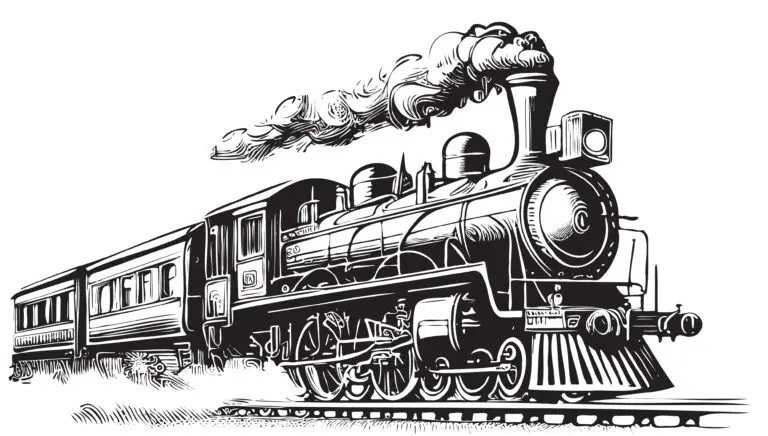Transcontinental Railroad

Table of Contents
What was the Transcontinental Railroad?
The Transcontinental Railroad refers to a network of railroads that connected the eastern and western coasts of the United States, significantly transforming transportation and communication in the country.
Completed in 1869, the Transcontinental Railroad was crucial in facilitating westward expansion, boosting economic development, and linking previously isolated regions.
Transcontinental Railroad History
The Transcontinental Railroad was a monumental railway system that connected the eastern and western coasts of the United States, significantly reducing travel time and facilitating economic growth.
Construction of the Transcontinental Railroad began in 1863 during the Civil War. It was undertaken by two companies: the Central Pacific Railroad, building from the west, and the Union Pacific Railroad, building from the east.
The Central Pacific, led by Leland Stanford, Collis P. Huntington, Charles Crocker, and Mark Hopkins, began construction in Sacramento, California.
The Union Pacific, led by Thomas Durant, Oliver Ames, and Grenville Dodge, started building in Omaha, Nebraska.
The two railroads met at Promontory Summit, Utah, on May 10, 1869, where the ceremonial “golden spike” was driven, symbolizing the completion of the Transcontinental Railroad.
The Golden Spike ceremony marked the first time in history that the East and West coasts of the United States were connected by a continuous rail line.
The Transcontinental Railroad significantly shortened cross-country travel time, reducing the journey from several months to about a week.
Chinese immigrants played a crucial role in the construction of the Central Pacific portion of the railroad, often facing dangerous working conditions and discrimination.
The railroad opened up new opportunities for trade, travel, and settlement in the western United States, contributing to the economic development of the region.
Before the completion of the Transcontinental Railroad, the journey from the East Coast to the West Coast required long and arduous wagon journeys or months-long sea voyages.
Related Links
Globalization
Industrial Revolution
Sherman Antitrust Act
Prohibition